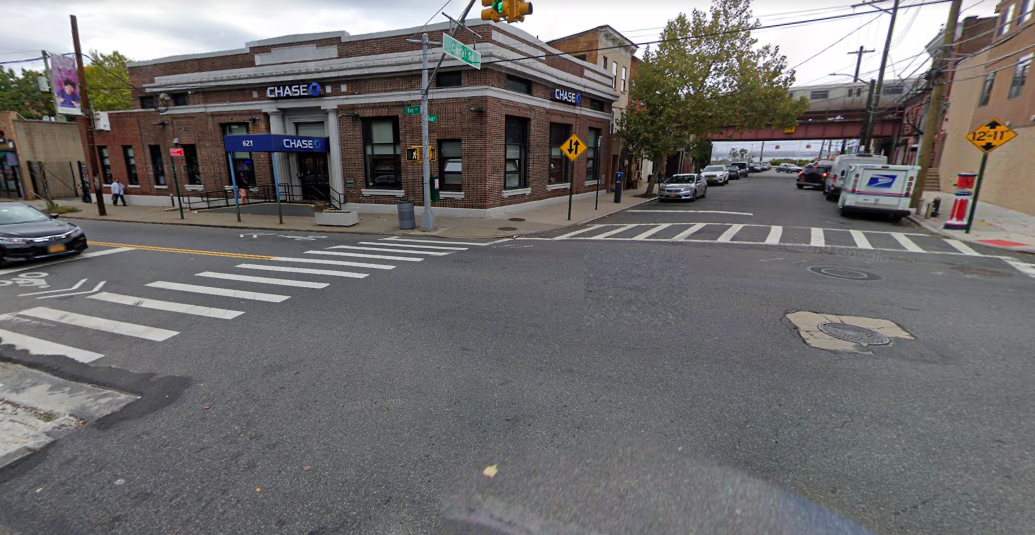A Staten Island driver fatally struck a senior citizen in a crosswalk last week, but ended up receiving just a minor summons, cops said.
Seung Choi, 86, died on Monday as a result of injuries he sustained when the 25-year-old driver hit him with his car as he walked across Bay Street — in the crosswalk and with the light — at around 12:30 p.m. on Jan. 13.
The driver, whose name was not released, was turning left from Canal Street onto Bay Street — the latest reminder of how pedestrians are still completely imperiled by left-turning drivers, even when a white "walk" signal is in their favor.
An NYPD spokesman said the driver remained on the scene and did get a summons — though he could not say what kind of summons. Failure to yield or failure to exercise due care are the likely charges, which carry a small fine, though in rare cases can lead to a 30-day jail sentence, though district attorneys have been reluctant to punish reckless drivers in that manner.
It is unclear if the driver was distracted by a phone or someone else in the car. It is unclear if he was speeding.
Choi was taken to Staten Island University Hospital, where he died on Monday.
The Stapleton section of Staten Island is relatively safe by the standards of the car-centric island, but it is by no means a safe place to be a pedestrian. In 2019*, there were 148 reported crashes in just the 10-square-block area on the North Shore, injuring five cyclists, 14 pedestrians and 27 motorists (with one car driver dying). There were 14 reported crashes on just the three blocks between Union and Thompson streets that year, injuring a pedestrian and three motorists.
On Staten Island in 2019, there were 6,315 reported crashes — basically 17 per day — injuring 68 cyclists, 376 pedestrians and 2,181 motorists, killing one cyclist, five pedestrians and four drivers. (Reminder, non-injury-causing crashes are no longer written up by the NYPD on Staten Island, meaning that there are likely many more crashes per day on the Rock.)
* Streetsblog is not using 2020 figures as a benchmark because of reduced traffic patterns due to the coronavirus pandemic.






